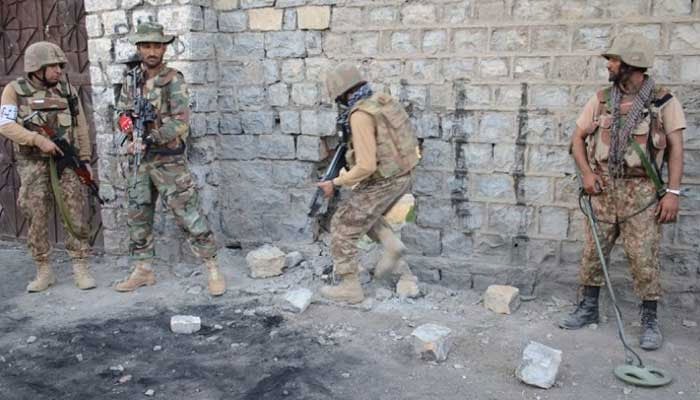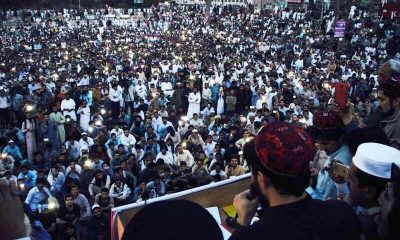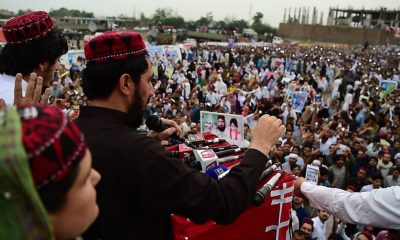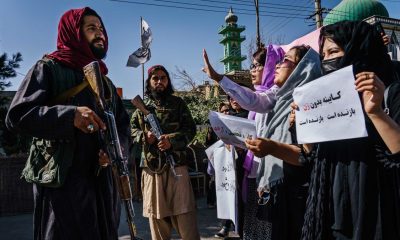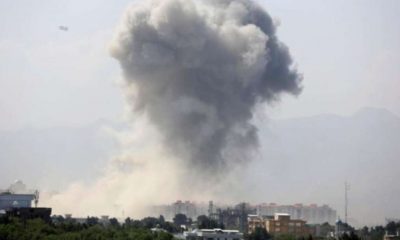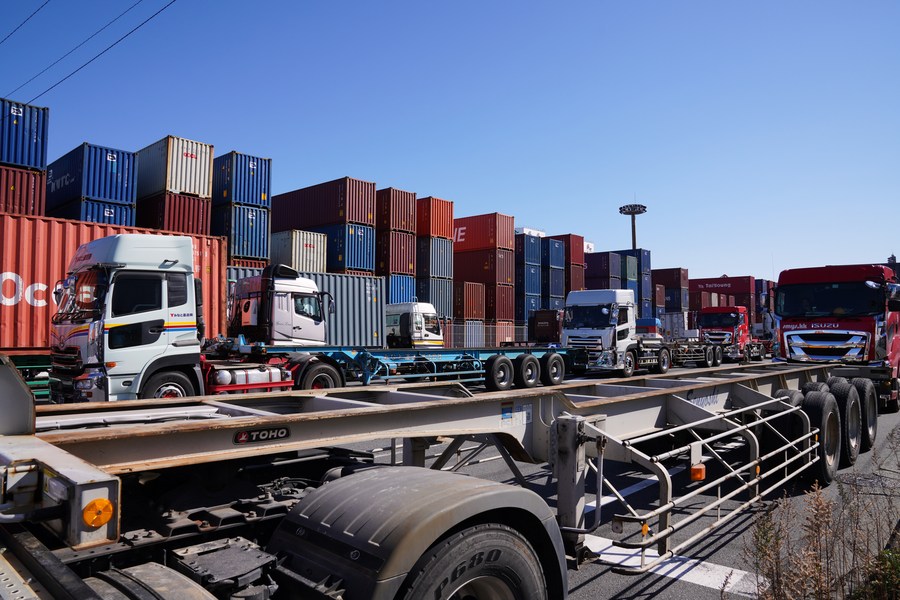Southeast Asia is worried about Donald Trump’s threat of universal tariffs and a new trade war with China. Five of the region’s six largest economies run a trade surplus with the United States.
But experts say the situation may not be so bad. The region, which tries to remain geopolitically neutral, saw an increase in gross trade with both China and the U.S. between 2017 and 2020 during Trump’s first presidency. Vietnam, Indonesia, Malaysia, and Thailand have benefited as companies from China, Japan, South Korea, Taiwan, and the U.S. have expanded their production bases in Southeast Asia to avoid U.S. tariffs.
Experts say exports and economic growth will take a hit in the short term, but the region could benefit from trade diversion and substitution.
What is Trump’s tariff threat?
The goal of Trump’s trade policy is to bring manufacturing jobs back to the U.S. and decouple supply chains from China. Trump and his advisers claim that China’s trade advantage is due to “currency manipulation, intellectual property theft and forced technology transfer”.
During his first term, Trump used executive powers to impose tariffs of up to 25% on $250bn of electronics, machinery and consumer goods imported from China. Beijing retaliated with similar measures on U.S. agricultural, automotive and technology exports.
Now Trump has proposed a 60 per cent tariff on all Chinese goods entering the U.S. and tariffs of up to 20 per cent on imports from everywhere else.
How bad could it be for Southeast Asia?
According to Oxford Economics, about 40 per cent of Cambodia’s exports go to the U.S., making it the largest exporter in Asean as a percentage of total exports, followed by Vietnam with 27.4 per cent and Thailand with 17 per cent. Thanavath Phonvichai, president of the University of the Thai Chamber of Commerce, said the Thai economy could take a 160.5 billion baht ($4.6 billion) hit if Trump fulfils his promises.
Vietnam has the world’s fourth-largest trade surplus with the United States. This imbalance has been growing rapidly as Chinese, Taiwanese and South Korean companies have used Vietnam to avoid Trump-era tariffs. Vietnam’s fortunes could change just as quickly, especially if the U.S. continues to classify Vietnam as a ‘non-market economy’, which requires higher tariffs.
Uncertainty over Trump’s tariffs could cause companies to pause or halt investment plans in Southeast Asia. U.S. companies accounted for about half of Singapore’s $9.5 billion in fixed-asset investment last year, according to the city-state’s Economic Development Board. In his congratulatory letter to Trump, Prime Minister Lawrence Wong was quick to remind him that the United States enjoys a “consistent trade surplus” with Singapore.
Any blow to the Chinese economy will have repercussions for Asean countries that depend on Chinese consumption, export demand and tourism. A reduced appetite for Chinese goods will also affect Southeast Asian suppliers of inputs to Chinese producers. Indonesia, Southeast Asia’s largest economy, will suffer the most because it exports 24.2 per cent of its goods to China, mainly commodities.
Unable to send their goods to the U.S., Chinese exporters may turn to Southeast Asia, where governments have faced complaints from local producers hurt by dumping in metals, textiles, and consumer goods.
What is Southeast Asia’s advantage?
Southeast Asia’s current manufacturing boom started because of the trade war. Over time, analysts expect trade substitution and diversion to outweigh the hit to growth.
“We think a stronger crackdown on China could lead to more supply chain diversion as Chinese companies trade and invest more in Asia,” said Jayden Vantarakis, head of ASEAN research at Macquarie Capital.
“Electric vehicle factories, which some Southeast Asian governments are aggressively pursuing, could provide an economic buffer. Demand for EVs is also growing outside the U.S., so I think there could be a net benefit for Indonesia. Smaller countries that are trying to be carbon neutral, especially as petrol prices get more expensive, will try to take over the supply and buy more electric cars,” said Sumit Agarwal, a professor at the National University of Singapore’s School of Business.
Trump’s promised tariffs could embolden Asean governments to impose anti-dumping duties on Chinese goods, as Thailand did on rolled steel this year. Stricter U.S. rules of origin could also give governments an opportunity to ensure that more high-value parts are produced and assembled locally.
How will Southeast Asian currencies and markets be affected?
Trump’s tariffs could reduce pressure on Southeast Asian central banks to ease monetary policy further.
“Essentially, Trump’s victory is inflationary for the world because of his planned tariffs, so the global monetary normalization or easing cycle will probably not be as sharp as previously thought, including in the Philippines,” said Miguel Chanco, chief emerging Asia economist at UK-based Pantheon Macroeconomics.
Speaking to Nikkei Asia, Chanco said Southeast Asian currencies will not strengthen as much as previously expected, partly because markets are re-pricing the pace of easing by the U.S. Federal Reserve and thus the dollar will continue to strengthen.
Among Southeast Asia’s six major economies, the Thai baht and Malaysian ringgit have been the worst-performing currencies since Trump’s victory, losing 3.2 per cent and 2.9 per cent respectively against the U.S. dollar through Wednesday.
Thai brokerage InnovestX recommended stocks that would benefit from a strong dollar and weak baht. These include companies with significant export earnings, such as CP Foods and Delta Electronics, or tourism-related companies such as Airports of Thailand, property developers and hoteliers.
Governments are already taking steps to reduce their over-dependence on the U.S. or China by deepening ties with other countries and regions and emphasizing their neutrality.
Southeast Asian economies in particular are also expected to focus on building resilience by strengthening intra-ASEAN trade.
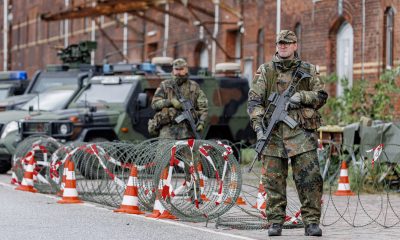
 EUROPE3 days ago
EUROPE3 days ago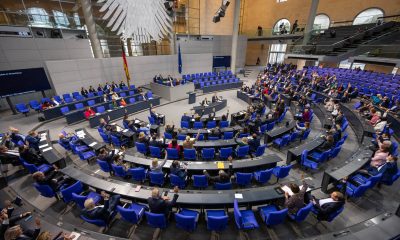
 EUROPE2 weeks ago
EUROPE2 weeks ago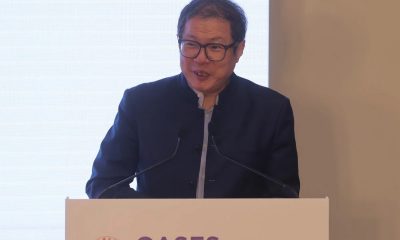
 ASIA2 weeks ago
ASIA2 weeks ago
 AMERICA2 weeks ago
AMERICA2 weeks ago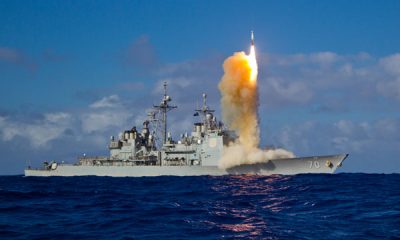
 ASIA2 weeks ago
ASIA2 weeks ago
 RUSSIA2 weeks ago
RUSSIA2 weeks ago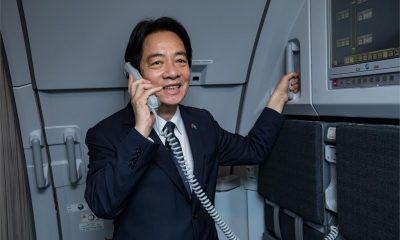
 ASIA2 weeks ago
ASIA2 weeks ago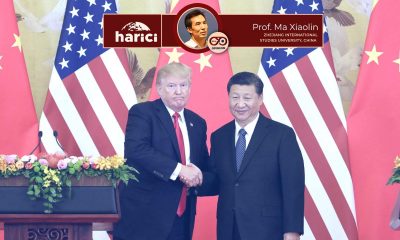
 OPINION2 weeks ago
OPINION2 weeks ago
